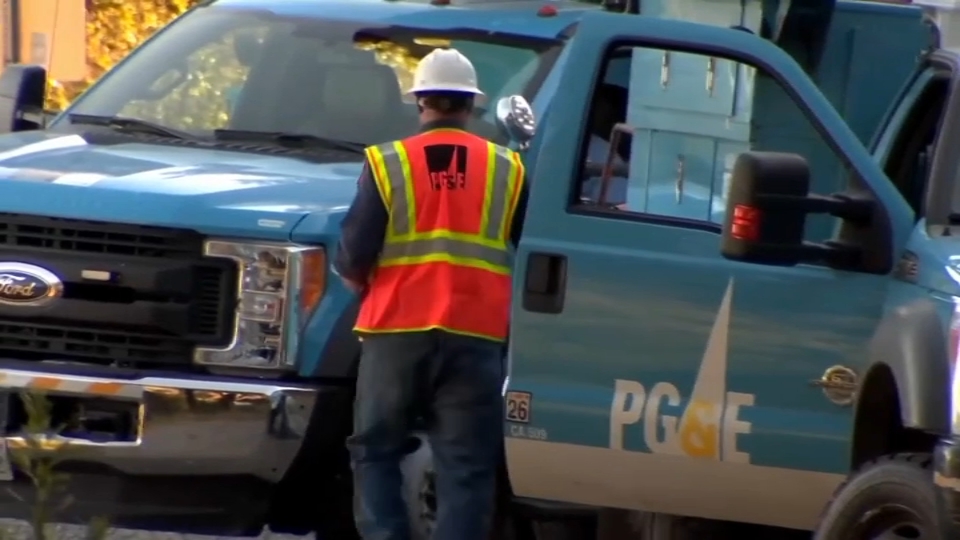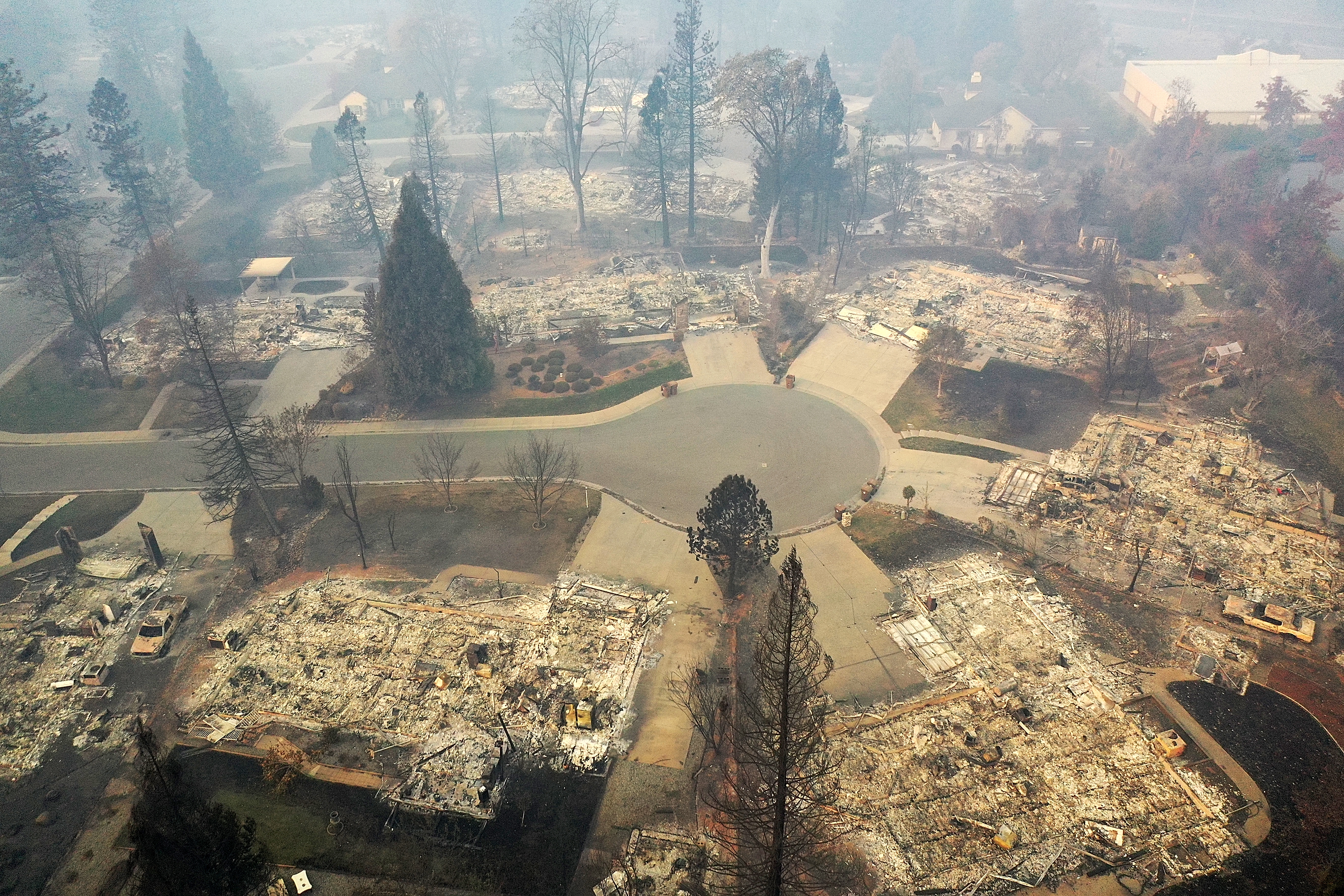An independent safety monitor inspecting PG&E’s system on behalf of six wildfire ravaged counties, recently issued 20 notices of fire safety “deficiencies” against the utility for not doing enough to keep trees from sparking wildfires in high risk areas, NBC Bay Area’s Investigative Unit has learned.
The notices issued by Filsinger Energy Partners – working with Butte, Shasta, Plumas, Lassen, Tehama and Sonoma counties to assure safety – cover stretches of power lines in the highest risk parts of PGF&E’s system as the state heads into the heart of wildfire season.
The findings prompted the Butte County District Attorney to acknowledge he’s “terrified” of a potential repeat of either last year’s massive Dixie Fire, or another Camp Fire, which hit back in 2018 and left 85 dead. Cal Fire determined both were sparked by PG&E power lines.
“What's terrifying about it is that there are these hazards that are still out there that not only are out there, but more importantly, had been missed by what is called an enhanced vegetation management program,” Ramsey said, adding that his community is bracing for the onslaught of Jarbo Gap winds, known to fan catastrophic fires in the Feather River Canyon.
Get a weekly recap of the latest San Francisco Bay Area housing news. Sign up for NBC Bay Area’s Housing Deconstructed newsletter.
For Ramsey, the most troubling deficiency notice concerned a leaning and dying 73-foot tall sugar pine. The danger, he said, is that it could easily fall onto nearby PG&E lines in the Berry Creek community, north and east of Oroville. He pointed to photos showing the browned and spindly pine is clearly dead or dying, yet stressed that records the monitor reviewed indicated PG&E crews twice failed to note any danger in recent inspections.
Just days ago, PG&E cut the tree down, after being notified that the monitor had flagged it as a hazard.
In a statement about the 20 deficiency notices, PG&E said it “welcomes the ongoing feedback” from the monitor as it works to assure safety. But it said the majority of the deficiencies had either been dealt with beforehand or were incorrectly flagged as a threat by the monitor. “In the remainder of cases,” the utility said, “the work was either completed on a priority basis, or scheduled for work.”
While acknowledging the monitoring results were disappointing, Ramsey took heart from recent policy changes adopted by PG&E.
The most encouraging, he said, was PG&E’s embrace of public safety power shutoffs in high winds and its decision to reset its system to automatically shut down power at the first sign of trouble. That’s something Cal Fire determined the utility failed to do for several hours before the Dixie fire, despite being alerted to what turned out to be tree contact on the line where the fire started.
“That's certainly been something that is new since even the Dixie Fire,” he said of the PG&E’s new system recalibration, “and so that will give us some solace -- but it (the fire threat) is still out there. It's still a huge concern.”



